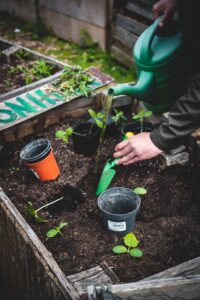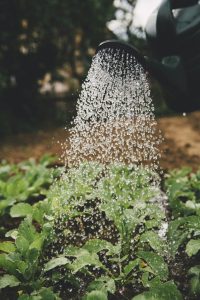In our journey towards sustainable living, understanding how to maintain the perfect balance in our compost is essential. In the article “How Do I Avoid Compost Becoming Too Acidic?” we dive into practical tips and advice to ensure our compost doesn’t turn too acidic. By keeping a close eye on what we add, such as balancing green and brown materials, and regularly monitoring the pH levels, we can create a healthy, nutrient-rich compost for our gardens. Let’s explore how a few thoughtful steps can make a significant difference in our composting efforts. How Do I Avoid Compost Becoming Too Acidic?
Have you ever wondered why your compost doesn’t quite turn out as you expected, especially when it becomes too acidic? We’ve all been there, staring at our compost heap, scratching our heads, and trying to figure out what went wrong. Don’t worry; we’ve got you covered. Let’s dive into understanding how to manage the acidity of our compost, ensuring it remains a rich, healthy resource for our gardens.
Why Compost Acidity Matters
Acidity, or pH level, is crucial for compost health. We know that pH scale ranges from 0 to 14, with 7 being neutral. Understanding the acidity level helps us create an optimal environment for the beneficial microorganisms that aid in breaking down organic matter.
Ideal pH Levels for Compost
The ideal pH range for compost is between 6.0 and 8.0. A compost that falls within this range creates the best conditions for microbial activity. When the compost becomes too acidic, it can hinder the decomposition process and lead to unpleasant odors.
| pH Level | Condition | Microbial Activity |
|---|---|---|
| Below 6.0 | Too Acidic | Reduced |
| 6.0 – 8.0 | Optimal | Maximized |
| Above 8.0 | Too Alkaline | Reduced |
Identifying Acidic Compost
Recognizing the signs of acidic compost is crucial for taking corrective action. Common indicators of overly acidic compost include slow decomposition, presence of pests, mold growth, and a sour smell.
Symptoms of Acidic Compost
Let’s break down these symptoms briefly:
- Slow Decomposition: When compost is too acidic, microorganisms struggle to thrive, slowing down the breakdown of organic materials.
- Pests: Acidic conditions can attract unwanted pests, like flies and mites.
- Mold and Fungi: Excessive acidity fosters mold and undesirable fungi growth, which isn’t ideal for compost health.
- Sour Odor: A sour, pungent smell is a clear signal that the compost’s pH has dropped too low.
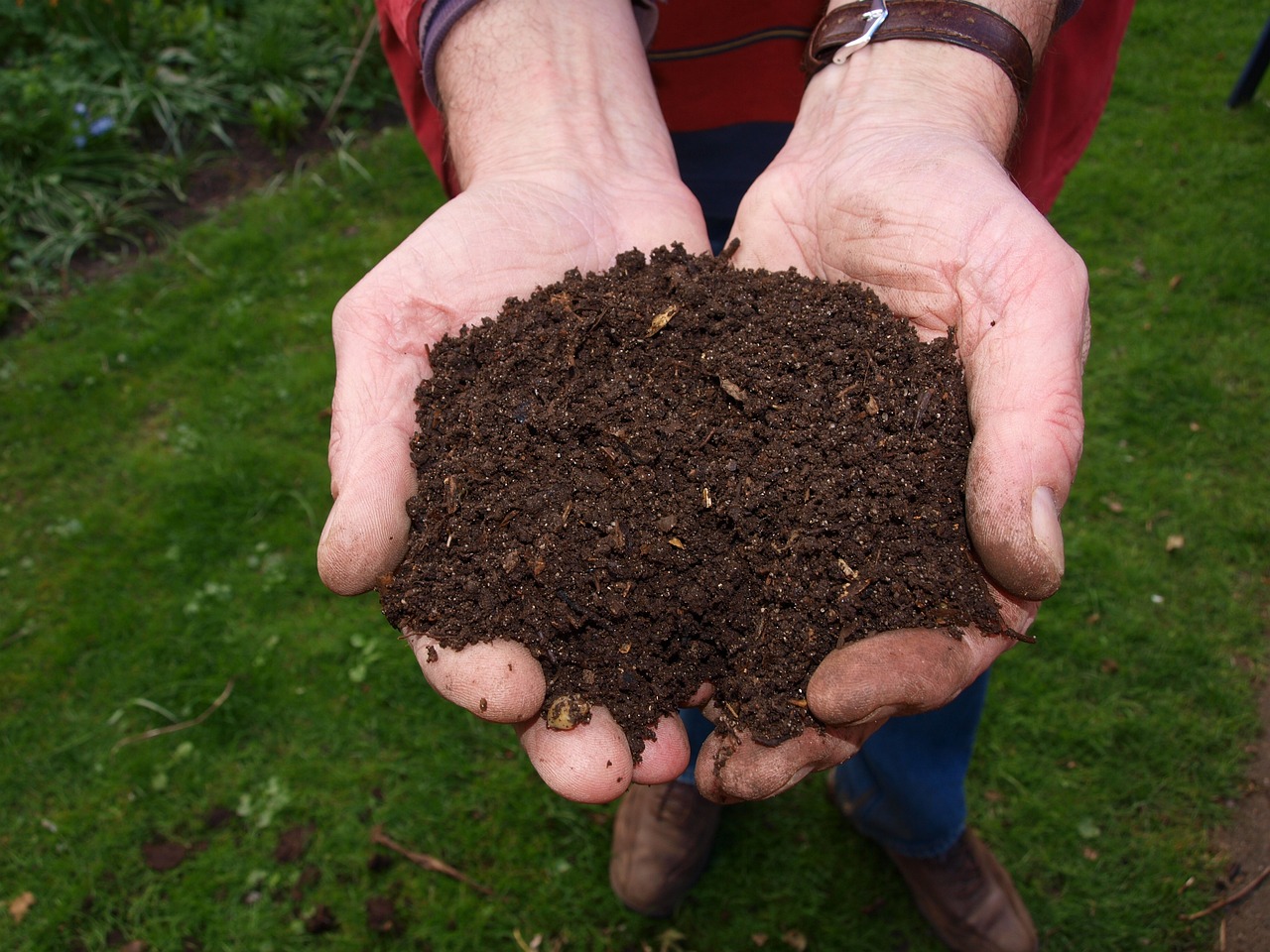
Causes of Acidic Compost
Understanding what leads to compost becoming too acidic helps us implement preventive measures. Common factors include the type of organic material added, moisture levels, and aeration.
High Carbon to Nitrogen Ratios
Organic materials like fruit scraps, coffee grounds, and pine needles contain high levels of carbon. While these are essential components, an imbalance in the carbon to nitrogen ratio can lead to increased acidity.
Common Carbon Sources:
- Fruit scraps
- Coffee grounds
- Pine needles
- Tea leaves
Balancing Nitrogen: Adding green materials like grass clippings, vegetable scraps, and manure can help maintain a balanced carbon-to-nitrogen ratio.
Poor Aeration
Inadequate aeration impedes the breakdown of organic matter and causes anaerobic conditions, leading to increased acidity. Regularly turning the compost pile ensures proper oxygen flow.
Excessive Moisture
Overwatering or excessive rainfall can saturate the compost pile, creating an acidic environment. Maintaining the right moisture level is critical.
How to Prevent Compost from Becoming Too Acidic
With these causes in mind, we can take several actionable steps to prevent our compost from becoming too acidic. The primary strategies include balancing green and brown materials, proper aeration, and moisture management.
Balancing Green and Brown Materials
By maintaining an appropriate balance of green and brown materials, we ensure that the compost pile has a healthy ratio of carbon to nitrogen. A good rule of thumb is to mix three parts of brown materials with one part of green materials.
| Material Type | Example |
|---|---|
| Green | Grass clippings, vegetable scraps |
| Brown | Dry leaves, straw, cardboard |
Ensuring Proper Aeration
Regularly turning the compost heap promotes aerobic conditions, which is conducive for decomposition. Aim to turn the pile every two weeks or whenever adding new materials.
Moisture Management
Compost should be moist, but not waterlogged. Aim for the consistency of a wrung-out sponge. Covering the pile during heavy rainfall can help prevent excess moisture.
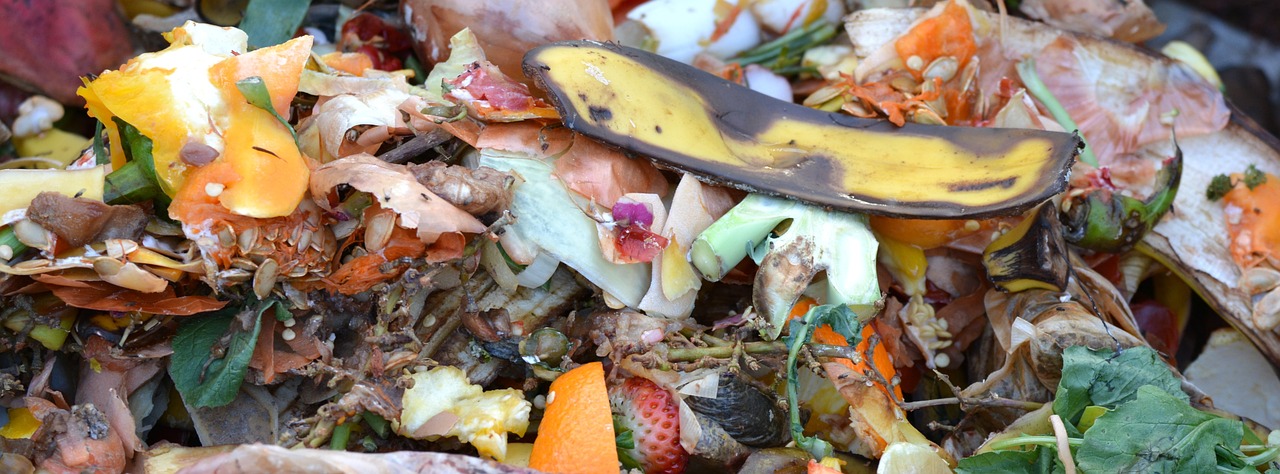
Correcting Acidic Compost
What if we already have an acidic compost heap? Don’t fret; there are several remedies to balance the pH and restore compost health.
Adding Lime
Agricultural lime, also known as garden lime, is effective in neutralizing acidity. Sprinkle lime evenly over the compost and mix it in. Be cautious; too much lime can make the compost too alkaline.
Introducing Wood Ash
Wood ash is another natural option for reducing acidity. It should be used sparingly as it contains high levels of potassium which can alter the nutrient balance.
Adding Brown Materials
Increasing the number of brown materials like dry leaves, straw, and cardboard can help counteract the acidity. This addition also helps improve aeration.
Practical Tips for Compost Maintenance
Regular compost maintenance ensures that acidity levels stay in check and that the compost remains healthy and productive. Here are some practical tips.
Monitoring pH Levels
Using a pH meter or test strips can help regularly monitor the compost’s pH levels. Keeping an eye on these readings will help catch acidity problems early.
Regular Turning and Mixing
Turn the compost regularly to facilitate aeration and uniform distribution of materials. This practice prevents anaerobic conditions that lead to acidity.
Avoiding Problematic Materials
Certain materials like pine needles, citrus peels, and coffee grounds should be added in moderation. These items are highly acidic and can disrupt compost balance when added in excess.
Using Mature Compost
Using mature or finished compost as a starter for new batches can introduce balanced microbial activity, reducing the risk of future acidity issues.
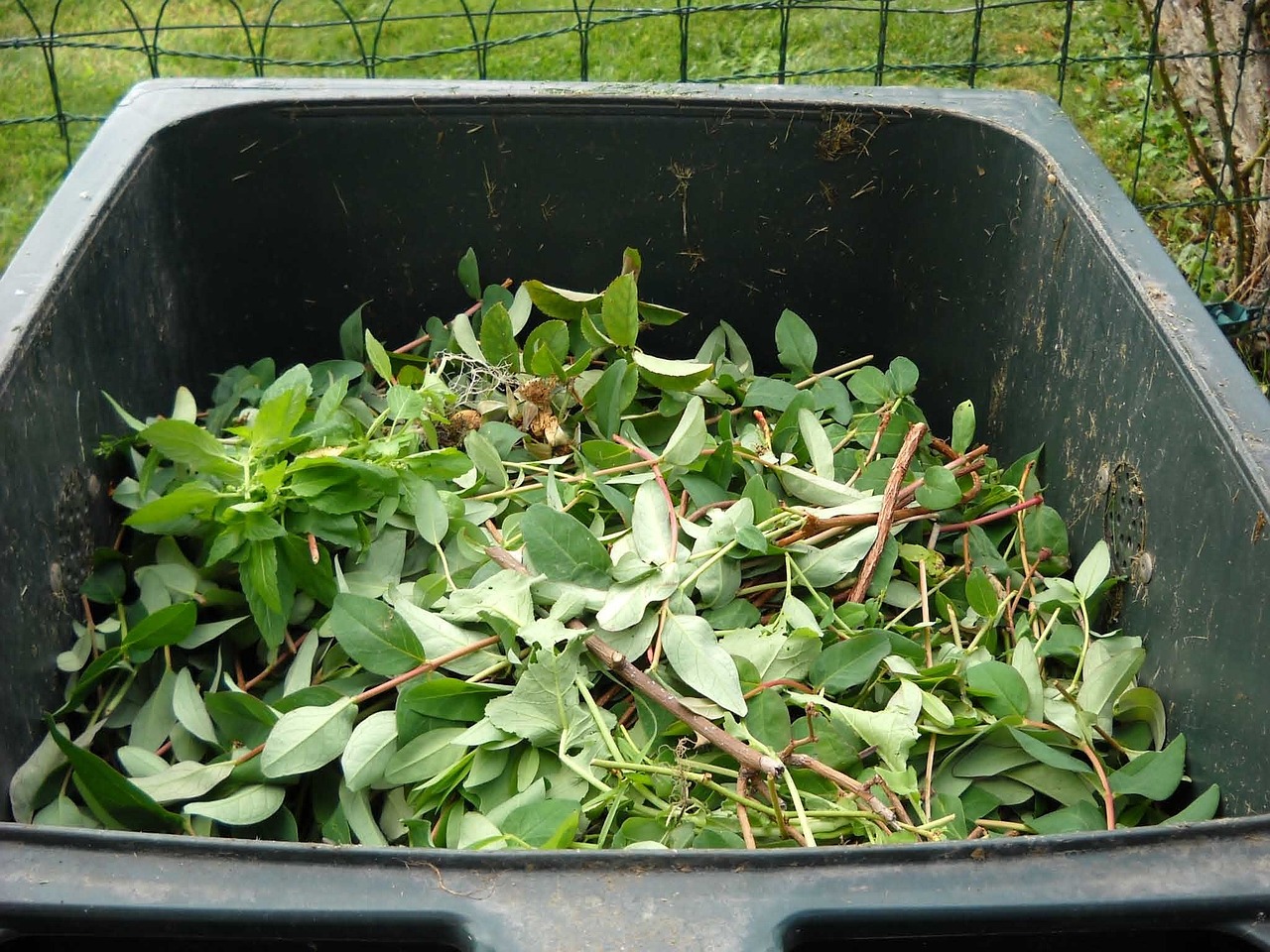
Benefits of Balanced Compost
Maintaining balanced compost has numerous benefits for our garden and the environment.
Enhanced Soil Fertility
Balanced compost enriches the soil with essential nutrients, including nitrogen, phosphorus, and potassium, promoting healthy plant growth.
Improved Soil Structure
Adding compost improves the soil’s texture, enhancing its water-retention capabilities and promoting better root development.
Reduced Waste
By composting kitchen scraps and yard waste, we divert significant amounts of organic material from landfills, contributing to a more sustainable environment.
Conclusion
Balancing the acidity of our compost is crucial for creating a healthy, productive resource that enhances soil fertility and structure. Understanding the causes of acidic compost and implementing preventive measures, such as balancing green and brown materials, ensuring proper aeration, and managing moisture levels, can help us avoid common pitfalls. When faced with acidic compost, introducing methods such as adding lime, wood ash, or more brown materials can correct the problem efficiently. By maintaining and monitoring our compost regularly, we create an environment that fosters robust microbial activity and keeps our gardens flourishing year-round.
By following these guidelines, we can enjoy a well-balanced compost that not only enriches our gardens but also contributes to environmental sustainability. Happy composting!

